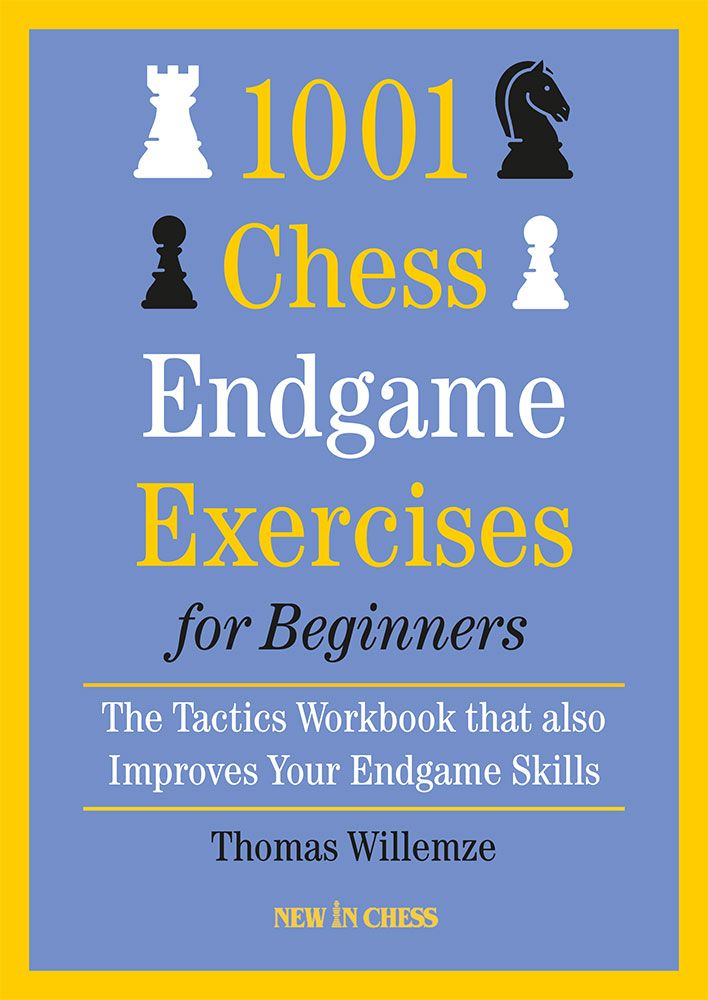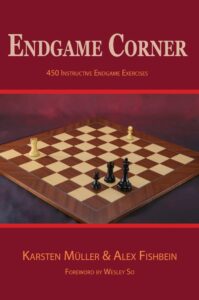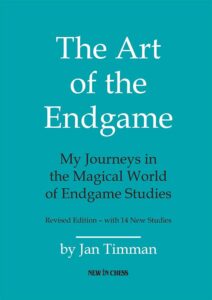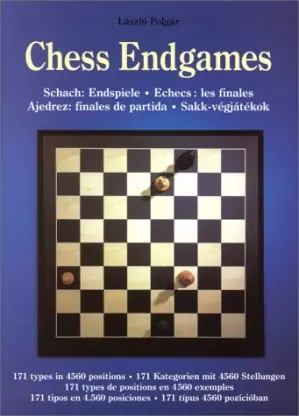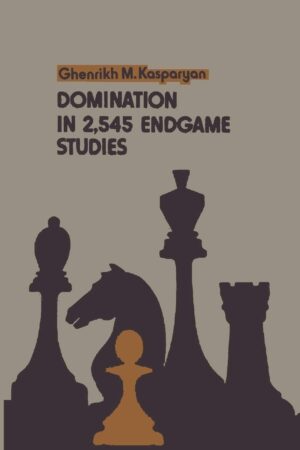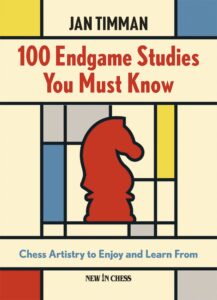Beginner books are often structured in a way that tries to cover all the bases. They go through the basics of openings, strategy, tactics, endgames and every other important aspect of chess without covering anything in enough detail. It’s true that most beginners need an introduction to chess, but those seldom prove useful in my opinion. 1001 Chess Endgame Exercises for Beginners covers a relatively narrow section of the game but it does so in an extraordinarily useful manner. Willemze has created an introduction on how to win and how to not lose with reduced material. I think that has never been done before on a level that beginners can easily follow.
This is a book that teaches you how to convert positions and how to survive in tough, tactical endgames by using known concepts such as preparatory moves, usually reserved for advanced players who’ve already covered the basics.
What I like about 1001 Chess Endgame Exercises for Beginners the most is the explanations of why something needs to be done and just how it can benefit you. A great example of this is the chapter on defending your king. Willemze lists and explains how to navigate dangerous positions, how to choose squares, how to be able to spot tactical opportunities your opponent has at their disposal using the idea of “switching perspectives”, and much more. I don’t think I’ve ever been through a book written for beginners I didn’t find at all boring. It was, of course, very easy for me to solve all the problems presented in it, but I felt like the ideas explained must have improved my own play too. Willemze provides a thought process for the reader to follow, explains the key elements that lead to tactics and opportunities and how to spot them, and thoroughly explains recurring patterns we must learn. The problems are organized by piece combinations, which is unusual for beginner books.
The book goes over tactical patterns most beginners never bother to study. Pattern recognition in the endgame is of vital importance, as many of my own games prove. We often lower our guard when the material is reduced to just a piece or two, and that’s almost always a mistake. Willemze explains how to play with each piece, from pawn to king, and introduces simple concepts one can apply while playing real games.
As the name states, 1001 Chess Endgame Exercises for Beginners is full of exercises. Transferring theoretical knowledge into an applicable skill is important, so getting to apply the advice and the concepts explained in the chapters is the most useful part of the book. I think most players who are just starting out would benefit greatly from this book and avoid a vast majority of missed wins, hung mates, and blundered pieces in simplified positions.
I would advise you to carefully go through the entire book and to set up every position on the board. Puzzle books are very useful if used properly. Write down your solutions, and solve positions without moving the pieces. Do your best to recreate tournament conditions. Once you’re done going through all the problems, come back to those you’ve failed. Figure out why and redo them. Doing so will give you a huge edge over other players who are starting out. 1001 Chess Endgame Exercises for Beginners will arm you with crucial tactical skills you can use to outplay most people in simple positions. Rather than studying theoretical endgames which may occur once in 50 games, practicing what WIllemze teaches will be applicable in every game you play, even if it hasn’t reached an endgame yet!

